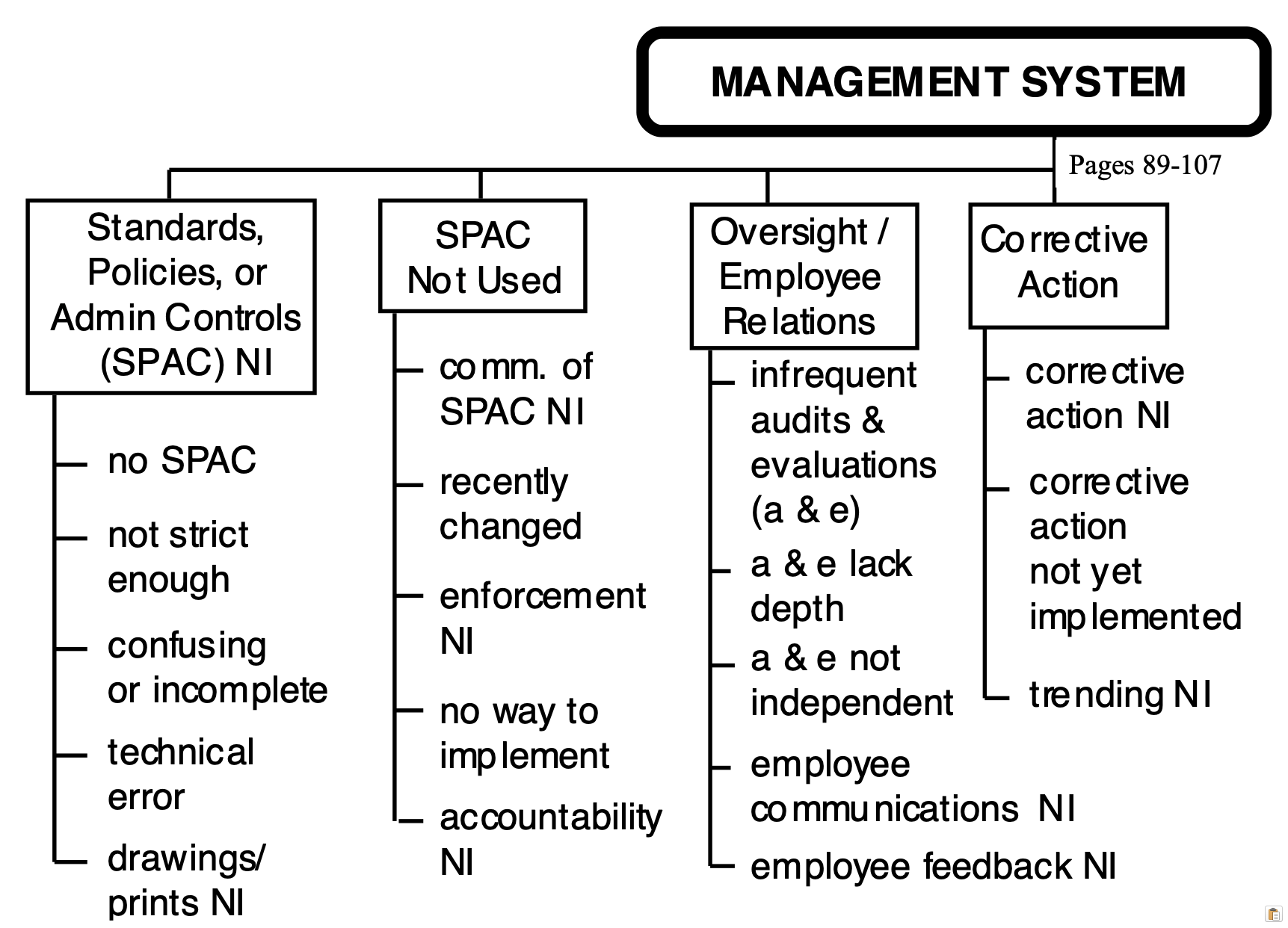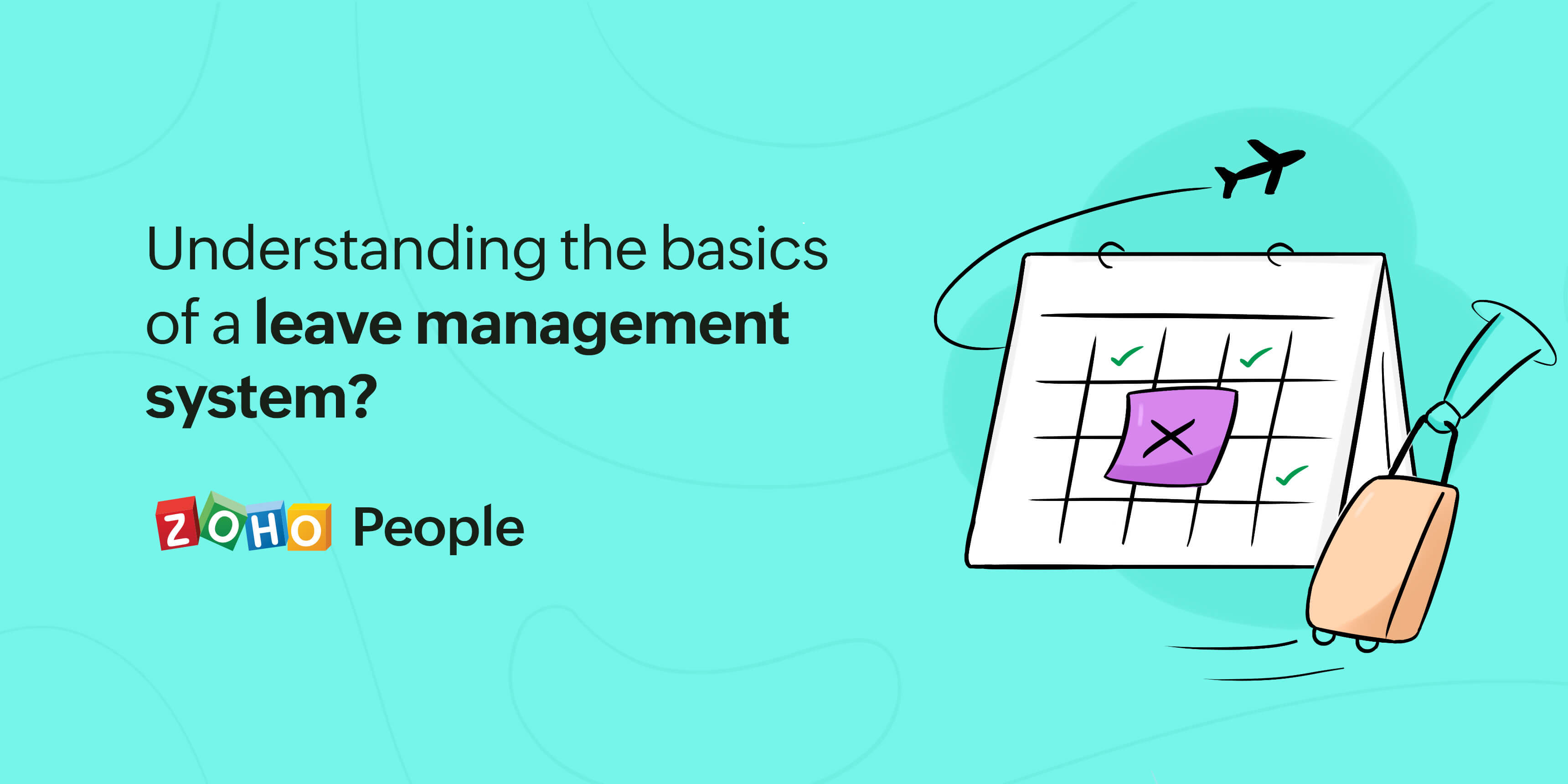Imagine this: you’ve got hundreds of IoT devices spread across the globe, and you need a way to manage them all without losing your sanity. That’s where the best remote IoT management system comes into play. Whether you’re running a smart city project, managing industrial sensors, or controlling home automation systems, having the right tools is crucial. But with so many options out there, how do you pick the one that’s right for you? Stick around, because we’re about to break it down in a way that’s both simple and super helpful.
Remote IoT management isn’t just a buzzword; it’s a necessity in today’s connected world. From enhancing efficiency to cutting costs, the right system can transform the way you handle your IoT infrastructure. In this guide, we’ll dive deep into what makes a remote IoT management system great, the features you should look for, and the top contenders in the market. So grab a coffee, and let’s get started!
Before we jump into the nitty-gritty, let’s address the elephant in the room: why does this even matter? Well, if you’re reading this, chances are you’ve already realized that managing IoT devices manually is like trying to herd cats—chaotic and exhausting. A solid remote IoT management system can save you time, reduce errors, and give you peace of mind. Now, let’s explore what makes a system truly the best.
- Why Joel Michael Singers Firing Sent Shockwaves Through The Industry
- Exploring The World Of Ai Futanari A Fascinating Dive Into The Future Of Art And Entertainment
Here’s a quick roadmap of what we’ll cover:
- What is a Remote IoT Management System?
- Key Features to Look For
- Top Remote IoT Management Systems
- How to Choose the Right System
- Common Challenges and Solutions
- Case Studies and Success Stories
- Future Trends in IoT Management
- Security Considerations
- Cost Analysis and ROI
- Final Thoughts and Recommendations
What is a Remote IoT Management System?
Let’s start with the basics. A remote IoT management system is essentially a platform that allows you to monitor, configure, and control IoT devices from anywhere in the world. Think of it as a control center for all your connected gadgets. These systems are designed to simplify the management of large-scale IoT deployments, making it easier to keep everything running smoothly.
Now, here’s the kicker: not all remote IoT management systems are created equal. Some are more user-friendly, while others offer advanced features that cater to specific industries. The key is finding a system that aligns with your needs and budget. But more on that later.
- Unveiling The World Of Movierulz Web Series 2024 Your Ultimate Guide
- New South Movie 2025 Hindi Dubbed Download Your Ultimate Guide
Why Do You Need One?
Here’s the thing: IoT devices are awesome, but they can also be a pain to manage. Without a proper system in place, you could end up wasting hours troubleshooting issues or dealing with outdated firmware. A remote IoT management system takes care of all that for you, so you can focus on more important things—like growing your business or enjoying your weekend.
Key Features to Look For
When it comes to choosing the best remote IoT management system, features matter. A lot. Here are some must-haves to keep an eye out for:
- Device Provisioning: The ability to add and configure new devices easily.
- Firmware Updates: Automated updates to keep your devices up to date.
- Real-Time Monitoring: Keep tabs on your devices in real-time to detect issues before they become problems.
- Security Features: Encryption, authentication, and other safeguards to protect your data.
- Scalability: A system that can grow with your needs, whether you’re managing 10 devices or 10,000.
Of course, the features you prioritize will depend on your specific use case. For example, if you’re working in the healthcare industry, security might be your top concern. On the other hand, if you’re running a smart home business, ease of use could be more important.
Advanced Features Worth Considering
While the basics are essential, some systems offer advanced features that can take your IoT management to the next level. These include:
- Predictive Analytics: Use data to predict potential issues before they happen.
- Custom Dashboards: Tailor the interface to fit your workflow.
- Integration Capabilities: Seamlessly connect with other systems and platforms.
- API Support: Build custom solutions using the system’s API.
Top Remote IoT Management Systems
Now that you know what to look for, let’s talk about some of the best remote IoT management systems on the market. We’ve done the research so you don’t have to.
1. AWS IoT Core
AWS IoT Core is one of the most popular options out there, and for good reason. It’s highly scalable, secure, and integrates seamlessly with other AWS services. Plus, it offers features like device shadowing and message brokering, making it a top choice for large-scale deployments.
2. Microsoft Azure IoT Hub
Another heavyweight in the IoT management space, Azure IoT Hub offers robust security features, device management capabilities, and integration with Azure’s extensive suite of tools. It’s a great option for businesses already using Microsoft’s cloud services.
3. Google Cloud IoT Core
Google’s offering is all about speed and efficiency. With its powerful analytics tools and machine learning capabilities, Google Cloud IoT Core is ideal for companies looking to gain insights from their IoT data.
4. Bosch IoT Suite
Bosch IoT Suite is a versatile platform that caters to a wide range of industries. It’s known for its ease of use and flexibility, making it a great choice for both small businesses and enterprise-level deployments.
5. Particle
For those on a budget, Particle offers a cost-effective solution with plenty of features. It’s particularly popular among startups and hobbyists thanks to its user-friendly interface and affordable pricing.
How to Choose the Right System
With so many options available, choosing the best remote IoT management system can feel overwhelming. Here are some tips to help you make the right decision:
- Define Your Needs: Start by identifying what you need the system to do. Are you focused on security, scalability, or ease of use?
- Consider Your Budget: Some systems are more expensive than others, so make sure to factor in cost when making your decision.
- Read Reviews: Look for user reviews and case studies to see how the system performs in real-world scenarios.
- Test Before You Buy: Many platforms offer free trials or demos, so take advantage of these to see if the system is a good fit for you.
Common Mistakes to Avoid
Here are a few mistakes to watch out for when choosing a remote IoT management system:
- Ignoring Security: Don’t skimp on security features, especially if you’re dealing with sensitive data.
- Overlooking Scalability: Make sure the system can grow with your business as your IoT deployment expands.
- Choosing Based on Price Alone: While cost is important, it shouldn’t be the only factor in your decision.
Common Challenges and Solutions
Even the best remote IoT management systems come with their own set of challenges. Here are some common issues and how to tackle them:
- Device Compatibility: Not all devices are created equal, so make sure your system supports the devices you’re using.
- Data Overload: Too much data can be overwhelming. Use analytics tools to filter and prioritize the most important information.
- Network Connectivity: Poor connectivity can disrupt your IoT operations. Invest in reliable network infrastructure to avoid downtime.
Real-World Solutions
Many companies have successfully overcome these challenges by partnering with experienced IoT providers and leveraging advanced technologies like edge computing and AI. By staying ahead of the curve, you can ensure your IoT deployment runs smoothly.
Case Studies and Success Stories
Let’s take a look at some real-world examples of companies that have benefited from using remote IoT management systems:
- Smart Cities: A major city used an IoT management system to monitor traffic patterns and reduce congestion, resulting in a 20% decrease in travel time.
- Manufacturing: A factory implemented an IoT system to track machine performance, leading to a 15% increase in productivity.
- Agriculture: A farm used IoT sensors to optimize irrigation, saving water and boosting crop yields.
Lessons Learned
These case studies highlight the importance of choosing the right system and implementing it effectively. By learning from others’ successes, you can set yourself up for a smoother journey.
Future Trends in IoT Management
The IoT landscape is constantly evolving, and so are the tools used to manage it. Here are some trends to watch out for:
- Edge Computing: Processing data closer to the source for faster insights and reduced latency.
- AI and Machine Learning: Using advanced algorithms to analyze data and make smarter decisions.
- 5G Connectivity: Faster, more reliable networks to support large-scale IoT deployments.
What Does This Mean for You?
By staying informed about these trends, you can future-proof your IoT management strategy and ensure your system remains relevant in the years to come.
Security Considerations
Security is a top priority when it comes to IoT management. Here are some best practices to keep your system secure:
- Use Strong Authentication: Implement multi-factor authentication to protect your devices and data.
- Encrypt Your Data: Ensure all data transmissions are encrypted to prevent unauthorized access.
- Regularly Update Firmware: Keep your devices up to date with the latest security patches.
Common Security Threats
Be aware of common threats like DDoS attacks, malware, and unauthorized access. By taking proactive measures, you can minimize the risk of a security breach.
Cost Analysis and ROI
While cost is an important factor, it’s not the only one to consider. When evaluating ROI, think about the long-term benefits of the system, such as increased efficiency, reduced downtime, and improved decision-making.
Calculating ROI
To calculate ROI, consider the following:
- Initial setup costs
- Ongoing maintenance fees
- Time and labor savings
- Increased productivity
Final Thoughts and Recommendations
Choosing the best remote IoT management system requires careful consideration of your needs, budget, and long-term goals. By following the tips and advice in this guide, you can find a system that meets your requirements and helps you achieve success.
So, what are you waiting for? Dive into the world of remote IoT management and take your connected devices to the next level. And don’t forget to leave a comment or share this article with your network!
- Who Is Heather Amaros Spouse Unveiling The Life And Love Behind The Spotlight
- Unlock The Power Of Ullu All Your Ultimate Guide To Trending Entertainment


